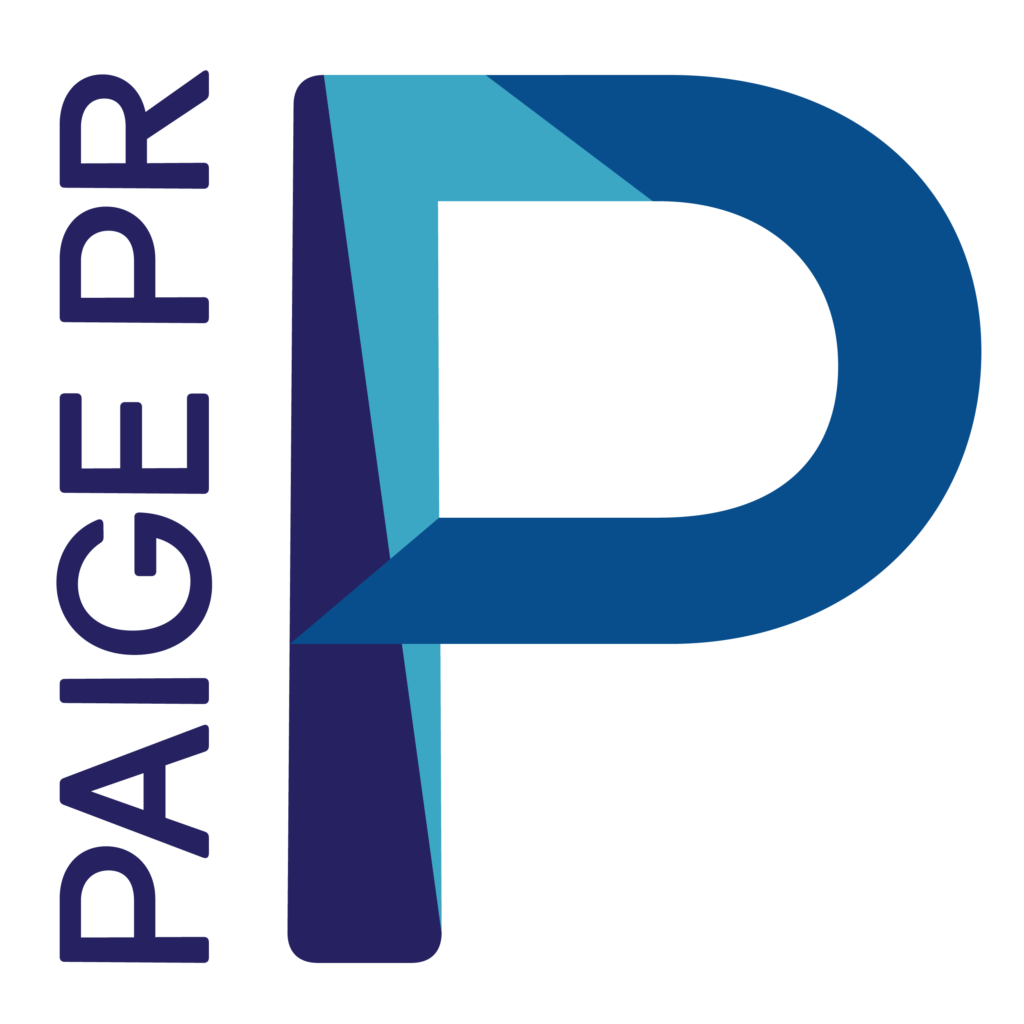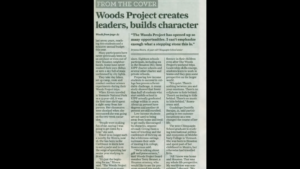LET'S GET CONNECTED!
Never miss a blog post from Paige PR! Our digital newsletter is packed full of actionable insights designed to inspire clear communication and real results to grow your business. Enter your info to subscribe!
Subscribe
Five tips for generating great editorial coverage
Positive editorial coverage in a trusted publication (online or print) is the best recognition a company can get. Not only does it identify a person or company as a leader within its industry for others to seek out, but it also builds their brand reputation by highlighting a company’s expertise on a new product or service.
The frustrating thing about editorial coverage is that it’s a challenge to get that special feature, and it takes time to build relationships with media. A lot of companies are innovative and have great stories to share. A LOT. And a lot of companies try and share that news with the media. However, even great stories can be overlooked.
1. Size doesn’t matter.
Creating a solid media list doesn’t mean you have to have every Tom, Dick and Harry out there, so long as it covers your target market and includes reporters that would truly care about what you have to say.
2. Take the time to research.
If you’re announcing a special education event, make sure you’ve done your research at the local paper and are reaching out to the correct editor. (Tip: Review past articles to see if the editor has covered something similar.) No point in wasting time on the wrong person in the education department.
3. Follow-up is key.
If you issue a news release, be sure and make personal calls to the reporters that received it. Sometimes they’re on deadline, and a phone call is all it takes to get a feature story.
4. Adapt.
Maybe you’ve got a great story, but the local paper isn’t interested. Is there a different angle or something else they’d prefer? Don’t be afraid to take a different approach. If you can get a feature on the CEO vs a feature on the new product, who’s complaining?
5. Have sources ready and available.
When a reporter is interested in a story, make it happen. The quickest way to ruin your credibility is to delay on interviews, or not have people available when you said you would.



